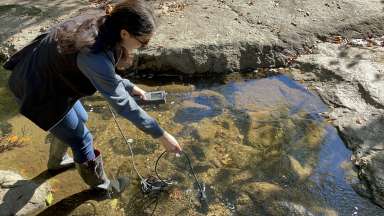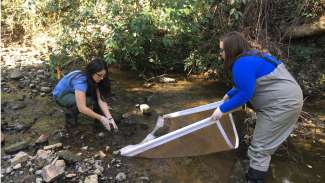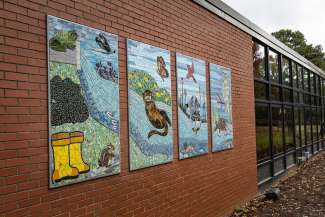
Monitoring Water Quality in Streams
Protecting Stream Health and Aquatic Life
Updated: Dec 11, 2025
Contact
Joyce Gaffney
Environmental & Sustainability Specialist
joyce.gaffney@raleighnc.gov
919-996-4184
Supported Services
- Department:
- Engineering Services
- Related Services:
- Stormwater VolunteeringSpot, Report, and Stop Water Pollution

